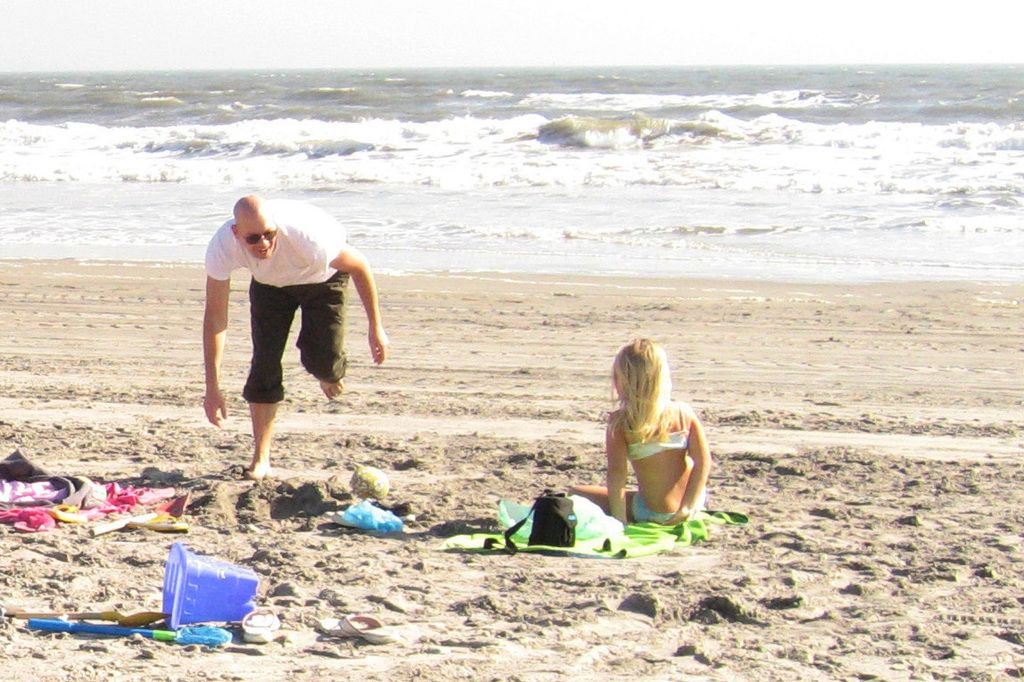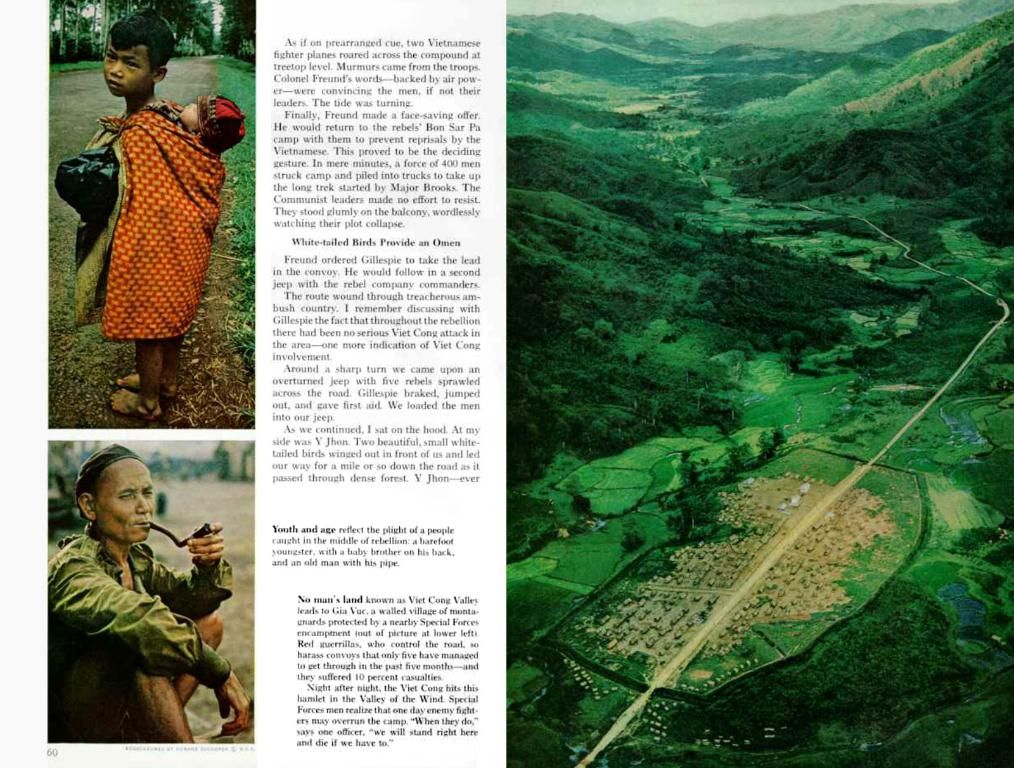So, Why Are Some Bus Routes in Biysk More Expensive, Anyway? A Quick Guide for Riders
Social significance criteria for local routes revealed to residents of Bialystok
In the latest city buzz, local residents are scratching their heads over a peculiar change: certain bus routes marked as 'socially significant' are suddenly sporting higher fares. Here's what we know so far.
In the city's administrative authorities chat, inquisitive Biysk dwellers raised a concern. As of June 1, the base fare for bus rides in our city will increase, with socially significant routes costing 50 rubles, and other municipal routes hanging in at 40 rubles.
The residents' questions zeroed in on routes No. 6 and No. 45 in particular:
- "With route No. 6, why the heck should we Nagorny settlers shell out 50 rubles? We're not traversing rural lands, we're still within the city limits," a resident retorted.
- "Hey, seeing that June 1 is around the corner, I'm dying to know why route No. 45 will run me 50 rubles. That's a city street, not some godforsaken village," another resident quizzically asked.
As it turns out, the administration has deemed these routes as socially significant by their decree.
"Socially significant routes," explained the administration, "are those that are our only lifeline, long-distance, and ensuring transport accessibility to individual housing developments, rural settlements, and villages within Biysk city proper. Effective June 1, the approved fare for passenger and baggage transport on these routes will be 50 rubles. However, we've worked out a regulation where the fare with a transport card will only set you back 40 rubles."
City hall clarified that as of June 1, folks sporting various transport cards—Classic ETC, Family ETC, and Transport Card-Bracelet—will only be parting with 40 rubles for up to 40 trips per month. No need to waste your time trekking down there if you've already got your card sorted.
Word on the street is that an exclusive transport card geared solely towards socially significant routes is on its way.
Remember, as of May 1, 2025, the green to travel on gardening routes has gone up a notch to 50 rubles, and you've probably already run the numbers to figure out how much your dacha adventures are gonna cost you.
Got Questions About Discounts on Biysk's Significant Routes?
In the broader scheme of things, sources don't exactly spell out why public routes are marked as 'socially significant' or why they may attract higher fares in Biysk. Across Russian cities, however, these routes tend to be those that offer critically important connections—think health facilities, schools, government buildings, or employment hubs—and often sport regulated rates or subsidies for specific groups rather than hiking up prices across the board.
Specifics for Biysk's discounts on transport cards remain a mystery in the current sources. That being said, many Russian municipalities offer discounted fares for residents utilizing public transport passes or cards, sometimes targeting designated 'socially significant' routes. These price cuts are generally established to make essential services more accessible to locals, students, pensioners, or key interest groups.
For the most up-to-date, local information on Biysk's public transport system, getting in touch with the city’s municipal transport authority or perusing their official website is your best bet. The available sources merely mention Biysk in the context of explosives production or administrative background[1][3], absent any public transit policy details.
- In the city's administrative decree, 'socially significant routes' are identified as those that provide essential transport accessibility to individual housing developments, rural settlements, and villages within Biysk, and will require a fare of 50 rubles for passenger and baggage transport effective June 1.
- Across Russian cities, 'socially significant routes' often cater to critically important connections, such as health facilities, schools, government buildings, or employment hubs, and may attract regulated rates or subsidies for specific groups, not necessarily resulting in higher fares across the board.








